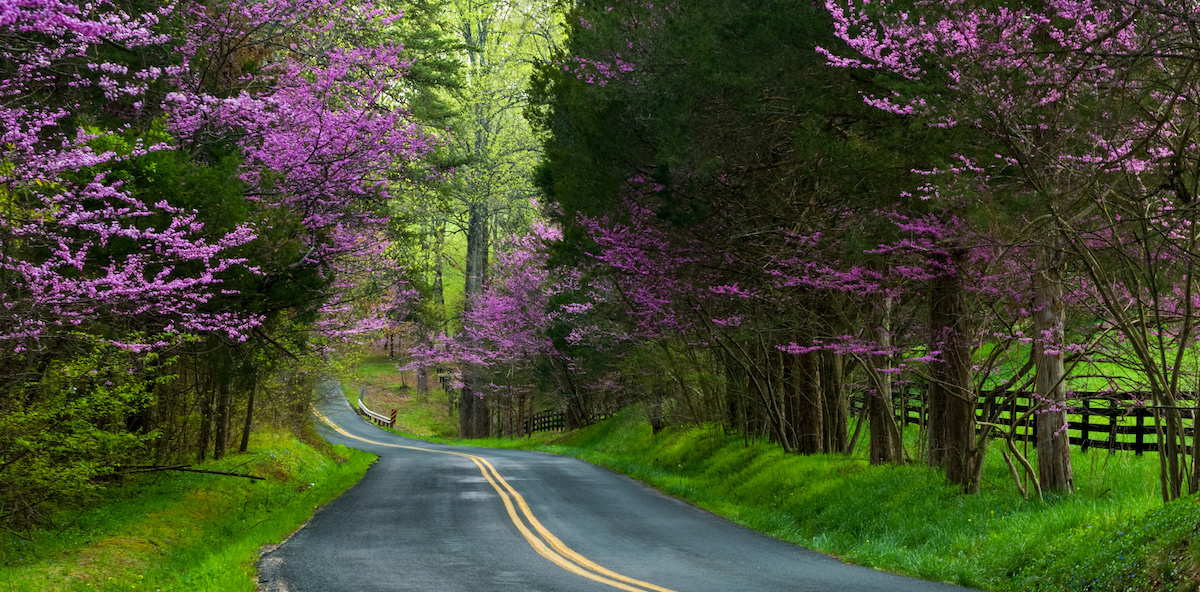
Planting, growing, and pruning Eastern Redbuds
The Almanac Garden Planner - Use It Free for 7 Days!
Plan your 2025 garden with our award-winning Garden Planner.
ADVERTISEMENT
Thanks for the info - I love redbud trees. I just planted one this year. In April it was a 12” stick and now the branches are reaching over 5 feet! I am wondering how many years it will take for the tree to start flowering?
I love & hate Redbud trees! They are pretty, BUT! But they are what I identify as "Dry Trees." By "Dry Trees" I mean they do not "SEEM" to have much moisture in them. They are constantly dropping branches & here, in the MidWest where they grow whether you want them or not, that means you must be careful where they grow or you may lose part of your barn, garage &/or house.
My husband and I feel same way. We love their beauty, but they’re not good around the house or cars. Falling blossoms can stain the paint on a car. My husband also calls them eye pokers because the branches grow straight out at eye level. Best to plant them towards the back of the property with plenty of room.
Well, stay away from redbuds if you’re blind and can’t see a branch sticking out. They’re beautiful, I can’t imagine someone griping because of branches. If you’re not lazy, just trim them a little! 🙄












